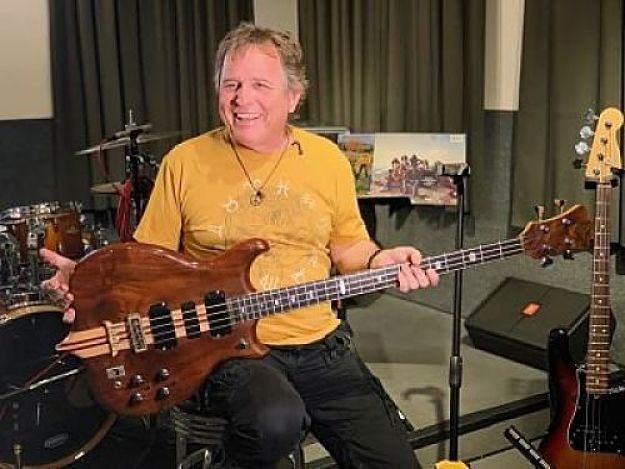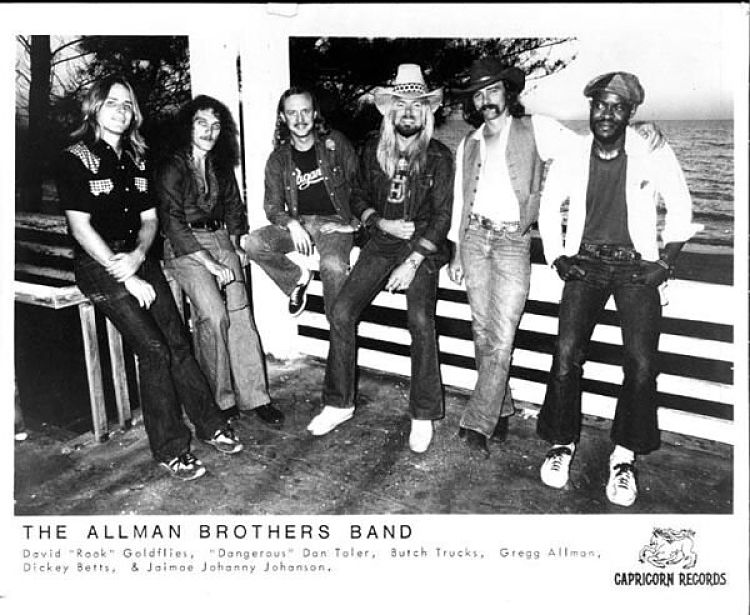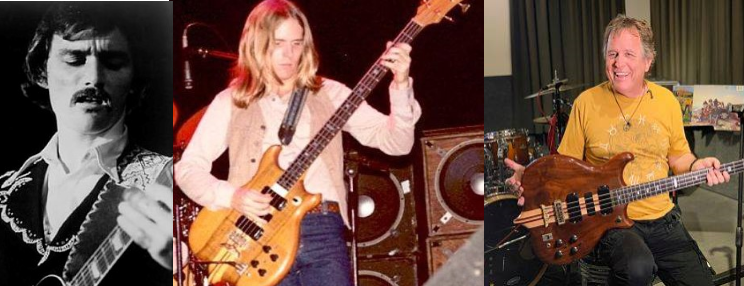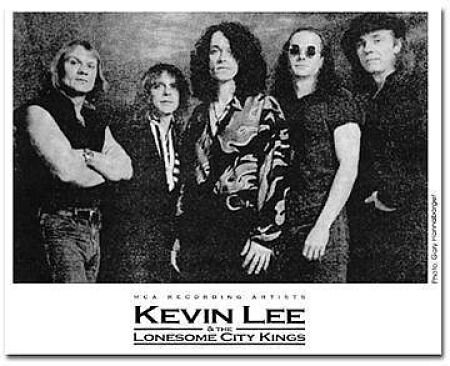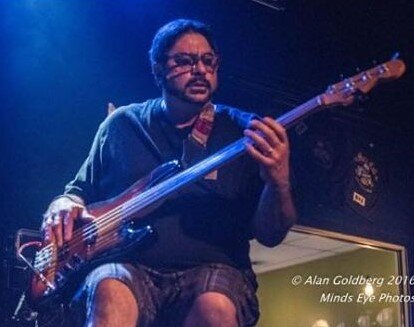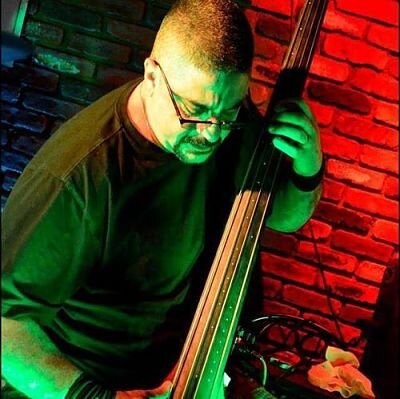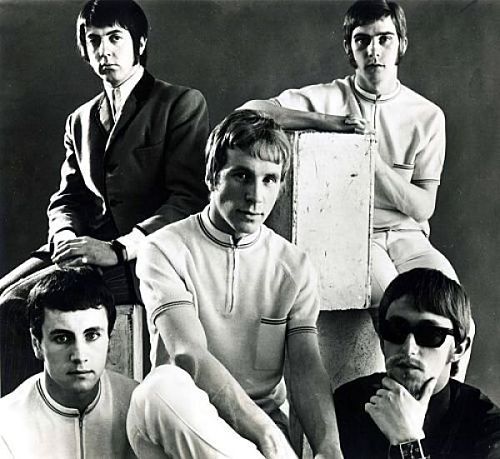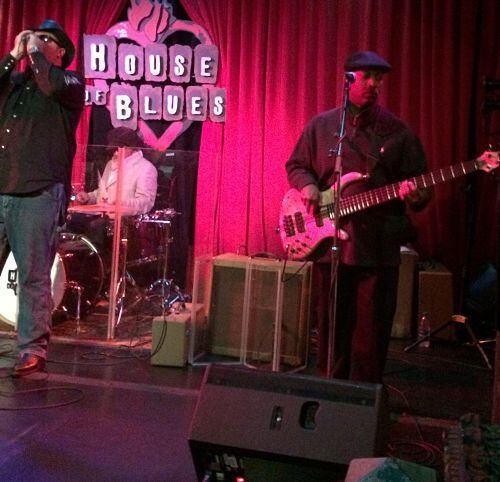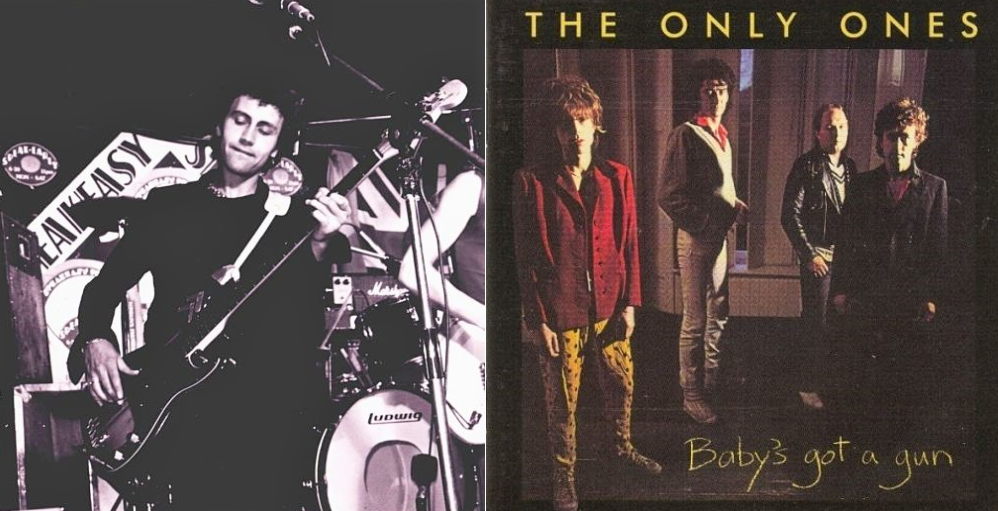Jim DeMont (The Insiders)
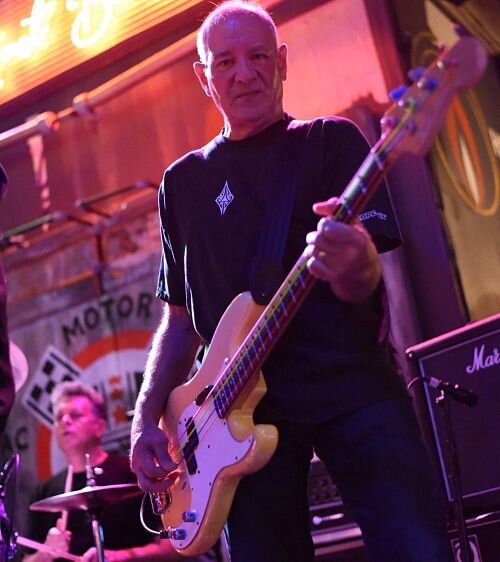

By Joe Gagliardo
Jim’s story is a familiar one – albeit with a twist!
Like many of his generation, Jim was drawn to music and the instrument by The Beatles and Paul McCartney, the Rolling Stones with Bill Wyman, Cream’s Jack Bruce, and John Entwistle with The Who.
Yet whereas Paul was a lefty who played a left-handed instrument; Jim is a lefty who learned to pay bass right-handed!
In the mid-70s Jim was playing with an Erie based band named Pistol Whip, spreading their unique brand of glam rock throughout Pennsylvania, Ohio and the east coast. By 1977 the band had made its way to Chicago and had shifted from punk to obscure garage cover songs. They played a series of shows in Chicago and the Midwest, including opening slots for The Runaways at Danny Seraphine’s rock club B’Ginnings.
Upon returning to Erie, Pistol Whip underwent personnel changes, as well as a name change to The Swingers. Hitting Chicago again in late-’78, The Swingers released a punk version of “Leaving on a Jet Plane” that garnered significant air play in Chicago, thereby creating a buzz for the band.


In 1979, Chicago became Jim’s permanent home. When The Swingers ended their run, Jim was introduced to Gary Yerkins and John Siegle and played with Garrison, a pop/new wave band that released an LP, Big Dat, in 1981.
Following his stint Garrison, Jim played with B.B. Spin, which had moved away from their punky roots to establishing itself as a popular rhythm and blues dance band.
B.B. Spin released an LP in 1983, Try To Beat The Heat, which included Jim and Jay O’Rourke – a future member of The Insiders. Both Garrison and B.B. Spin were bands that established large followings, and toured extensively with Iggy Pop, The Stranglers, and John Cale.
In the mid-80s, members of Garrison and B.B. Spin joined forces and formed The Insiders, who were signed to the Epic/CBS label, and their first release, Ghost on the Beach peaked at #167 on the Billboard 200.


The title track “Ghost” reached #8 on Billboard’s Hot Mainstream Rock Tracks chart and was the first MTV Hip Clip of the Week. The band was a mainstay on the Chicago scene for eight years, and released three more albums, Fate in Action, Not For Sale, and Live at Fitzgerald’s.


Since The Insiders, Jim has played in popular club bands; Vendooza, Razorhouse and Fun House. The latter is, as you would expect, is a high-energy ensemble that deftly blasts out Iggy Pop songs, and is a hot ticket in Chicago!
Over the years, depending on the music, Jim has used many basses, including a Fender Mustang, Gibson EB3, Fender Precision Bass, Fender Jazz Basses, a Lakland 5 String Deluxe, a Lakland Decade with a 35 in. neck strung BEAD, and a late-60’s Hofner Club Bass, among others.
Check out Jim’s tight pocket playing, with melodic flourishes:
The Insiders “Ghost on the Beach” https://youtu.be/XAZ80hdBmBs
The Insiders “Gimme Some Lovin” from Iron Eagle II https://youtu.be/d59obhG4Mnk
The Insiders “13 Skirts” https://youtu.be/yHg0yaLhC9o
The Insiders “Scarlet Ribbons” https://youtu.be/PyAX_KDdoRQ
Fun House live https://youtu.be/PrpVRDNrg0I




